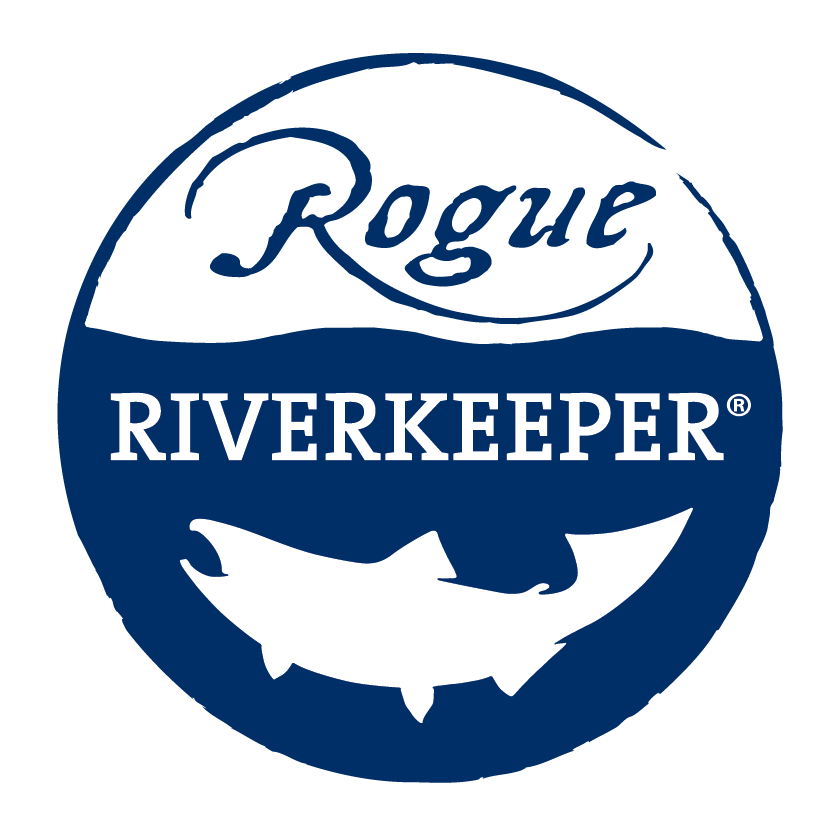Currently, streams in southern Oregon are left with a less protective stream buffer standard under the Oregon Forest Practices Act that allows logging closer to streams that support salmon and steelhead than in the rest of western Oregon. Cutting trees near streams means less shade and warmer, dirtier water, which can harm salmon and put clean water at risk. The Oregon Board of Forestry needs to update its rules to require the more protective stream buffer standard for the Siskiyou region that applies to the rest of western Oregon. The Board will decide whether or not they need to change these rules in July.
Read MoreIn the middle of a global health crisis, it might be a little hard to answer that question. Even a month ago, most of us had no idea how our world would change with the spread of the coronavirus (COVID-19). Although fifty years later Earth Day 2020 looks a little different than in 1970 when 20 million Americans gathered together at protests and rallies, the heart of this day remains the same. No matter where you are, you can make a difference. Will you join us?
Read MoreOregon’s current forest practices are already decades behind other states, and our streams and salmon can’t wait another decade. On February 10th, 2020, we joined with groups from all sides to adopt a process that we hope will lead to improved protections under current forest practices on state and private forestlands. This agreement is a first step towards closing the gap to reform forest practices in Oregon to better protect clean water, thriving forests, and healthy communities.
Read MoreRight now, streams that support salmon and steelhead in southwestern Oregon are left with weaker protections than the rest of western Oregon under the Oregon Forest Practices Act. Rogue Riverkeeper is working with our partners in the Oregon Stream Protection Coalition to make sure that southern Oregon streams aren’t left behind!
Read More



